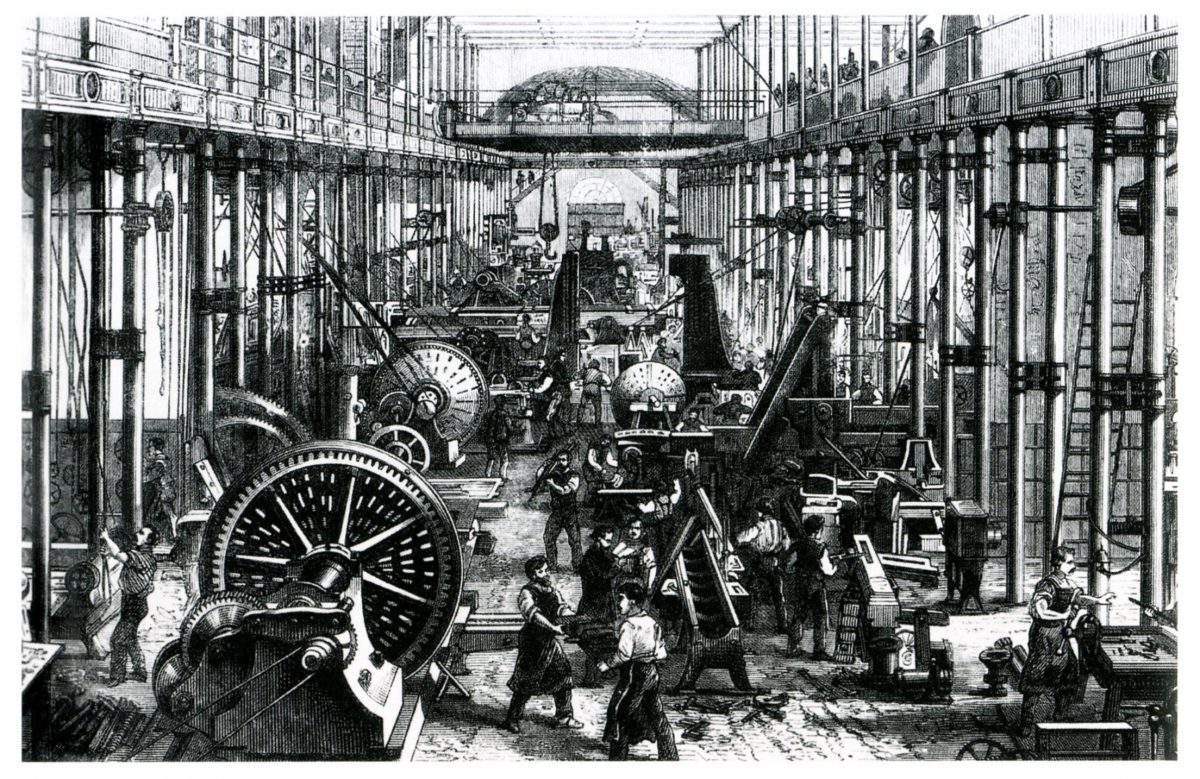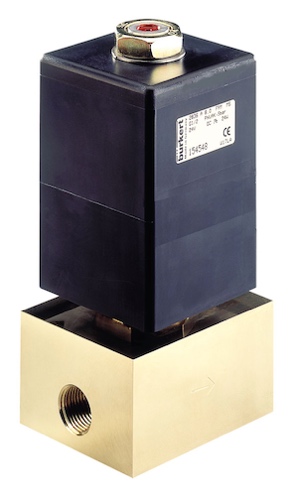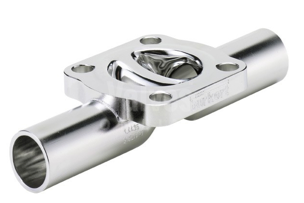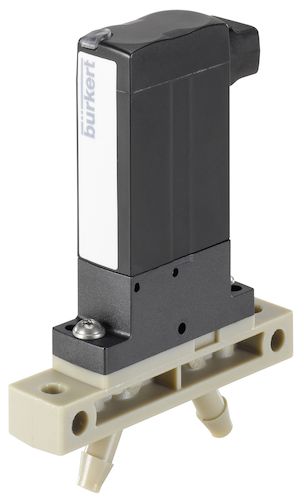
The complete history of valves
At BM Engineering, we deal with valves every single day. As seasoned stockists of industrial valves, we supply to an array of different industries in the UK and Scotland. Valves are found in virtually every industrial process imaginable. In fact, they are quite possibly the most diverse instrument used today. But have you ever considered just how long we have been using valves for?
In this informative article, we explore the complete history of valves. Starting with who invented the valve and it’s first known uses. We trace the evolution of the valve and how it has advanced throughout history to present day versions.
Who invented the valve?
Before we delve into some in-depth valves history, we must first answer the question of who invented the valve. Most applications tend to have a sole inventor. The valve, however, does not.
Since Ancient times, man knew how to regulate water with either stones or branches and trunks from trees. The ancient Egyptians, Greeks and other cultures were also able to drive the water from rivers and foundations for their people to use as irrigation.
However, it is the Roman Empire that was the first to create anything that resembled a formal canal system. They brought water from fountains and rivers to their villages, whilst circumnavigating obstacles by means of aqueducts. Therefore, if a particular civilisation was to be credited with creating the valve, it would have to be the Romans.
History of valves during the Roman Empire
Now that we have established a starting point for the valve’s history with the Roman Empire, we can begin to explore the primitive valve.
The first valve recorded in Roman times was made of a bronze material. They were strong and designed for welding to pipes already in place. The body included a plug with a hole, a bottom support and a long levy for turning the plug. Simple in design, but effective nevertheless, this creation demonstrated the smart thinking our Roman ancestors applied to creating water systems used in ancient towns.
These primitive valves were also used in various Mediterranean towns such as Istanbul and Rabat. Interestingly, there is also evidence of slight variations on this primitive valve recorded in Augusta, where what would eventually become butterfly valves were used as taps.
In addition, there are also recorded artefacts which show that Romans used a primitive diaphragm valve made of crude leather in order to control the flow and temperature of household bathwater. Furthermore, evidence also exists that early forms of backflow and check valves existed around this time to help keep wastewater from mixing with clean water suppliers destined for towns.
History of valves during the Renaissance Period
While there were no recorded advancements during the Middle Ages, it would be the Renaissance period that saw where the next step forward in the valve’s history.
The construction of canals, irrigation systems and hydraulics all advanced greatly during the Renaissance. These advancements included a more sophisticated type of valve, the credit for which goes to a very famous figure in human history, Leonardo DaVinci.
It has been said that sketches from the master inventor provided a number of new designs and improvements, which helped lead to many great examples of Renaissance-era valves.
History of valves during the Industrial Revolution
The next stage of the valve’s history occurred during the Industrial Revolution and was one that would help lead to the modern valve as we know it today. In 1705, Thomas Newcomen invented the first steam engine, one of the most significant feats of human engineering. However, he needed new and improved valves to regulate steam at high pressure.
The lessons learned from the exploration of steam engineering would ensure that, as new machines were created, the design of valves also improved. Subsequently, these improvements would also go on to improve the effectiveness of valves used in irrigation and plumbing.
These advancements in valve technology contributed toward the birth of the valve manufacturers during the 1800s and 1900s. With manufacturers finally able to produce valves in greater volume, more communities, farms and individuals began using the various different valves available than ever before. The ability to make valves on an assembly line contributed towards them becoming an important part of the automotive world, with valves used in engines and other areas of cars.
Valves in the present day
Today, more styles of valves are available than ever before. With a variety of materials available, the breadth of choice and flexibility has never been greater.
What engineering advancements will come in the future is impossible to say. However, it’s safe to assume that the valve will play a huge part in them.
To discuss the types of valves we offer here at BM Engineering, speak to an adviser today by calling 0141 762 0657 or email sales@bmengineering.co.uk



